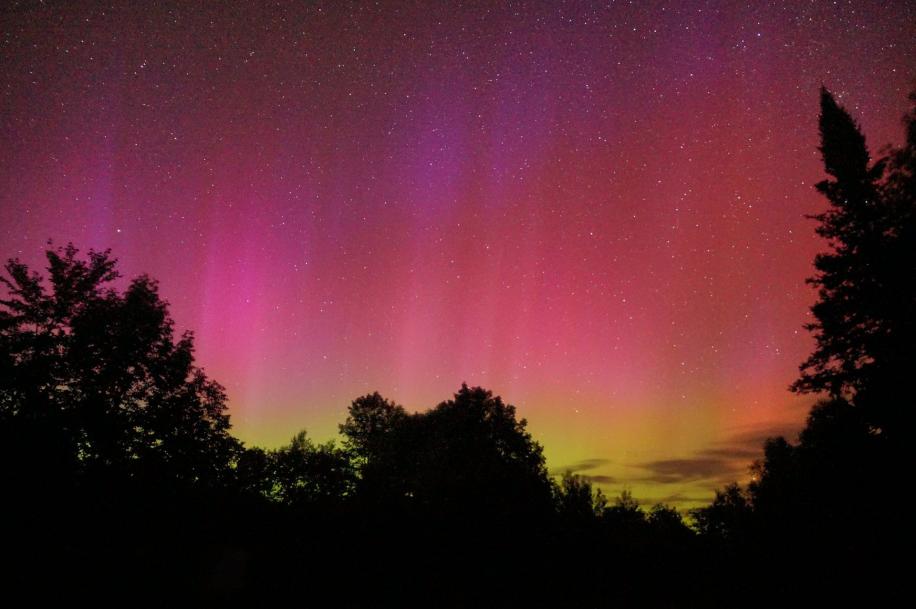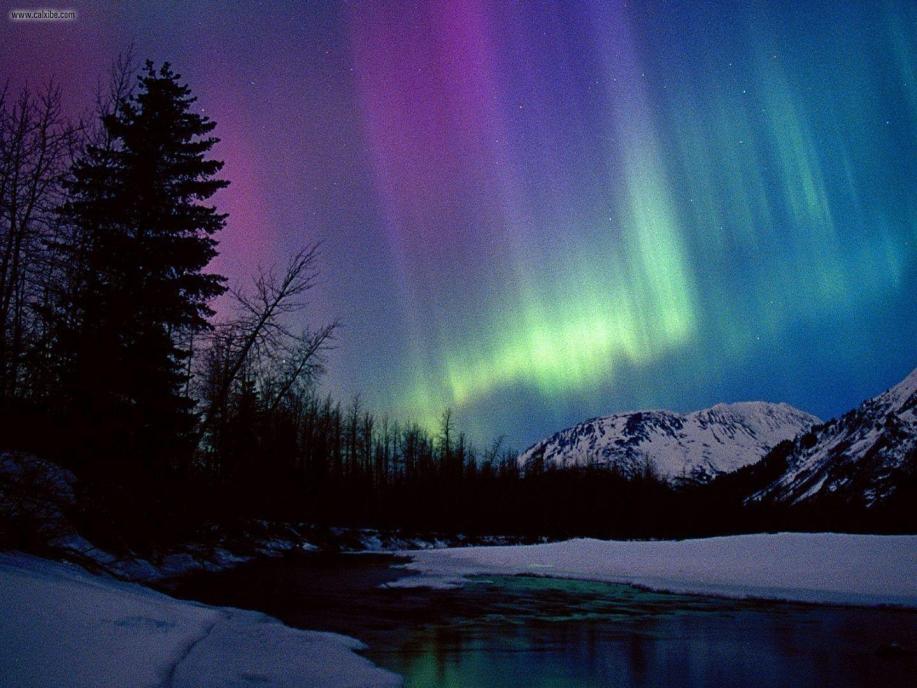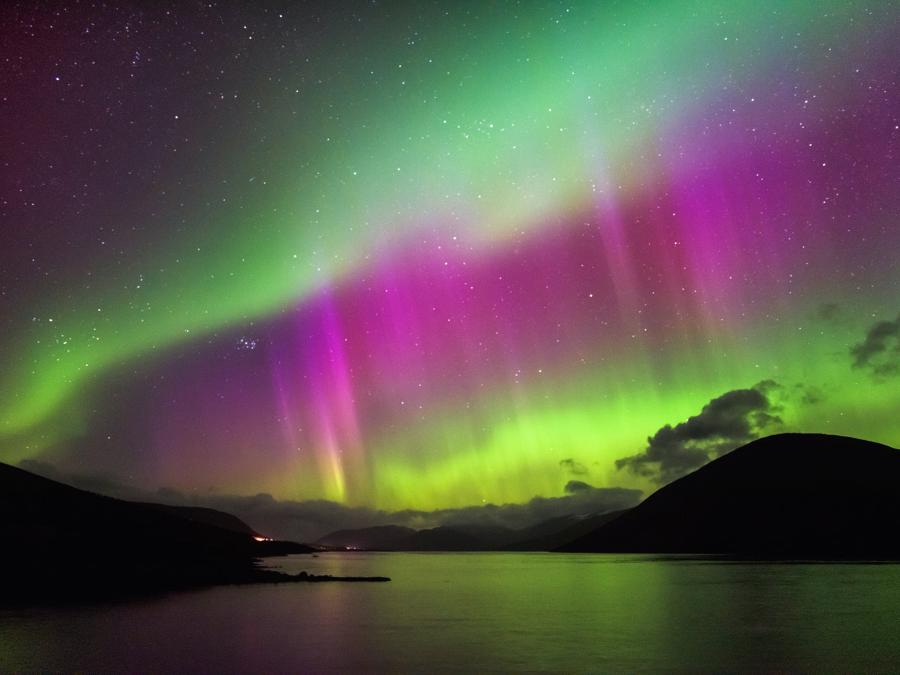Unveiling the Mysteries: Exploring the Science Behind the Northern Lights
For centuries, the Northern Lights, also known as Aurora Borealis, have captivated mankind with their ethereal beauty and celestial dance across the night sky. This article delves into the scientific exploration and discoveries that have unraveled the mysteries behind this awe-inspiring natural phenomenon.

Understanding The Science Of The Northern Lights
The Northern Lights are a result of the interaction between charged particles from the sun and the Earth's atmosphere. When these particles, known as solar wind, collide with atoms and molecules in the atmosphere, they excite them, causing them to emit light.
The Role Of The Earth's Magnetic Field
- The Earth's magnetic field guides the charged particles from the sun towards the polar regions.
- The magnetic field lines act as channels, directing the particles towards the North and South Poles.
- This interaction creates a region of high-energy particles known as the auroral oval, where the Northern Lights are most commonly observed.
The Physics Of Aurora Borealis
- When the charged particles collide with atmospheric gases, they cause ionization and excitation of these gases.
- The excited atoms and molecules emit photons of light, producing the colorful displays of the Northern Lights.
- The color of the aurora depends on the type of gas that is excited and the altitude at which the collision occurs.
Colors And Patterns Of The Aurora
The Northern Lights exhibit a mesmerizing array of colors and patterns that dance across the sky.
Colors Of The Aurora
- Green: The most common color, produced by oxygen atoms excited at an altitude of about 100 kilometers.
- Red: Occurs at higher altitudes, around 200 kilometers, where nitrogen atoms are excited.
- Blue and Purple: Rare colors, produced by helium and hydrogen atoms at very high altitudes.
Patterns Of The Aurora
- Curtains: Long, flowing sheets of light that hang from the sky.
- Draperies: Similar to curtains, but with a more structured and folded appearance.
- Rays: Narrow beams of light that shoot upwards from the horizon.
- Arcs: Semi-circular or circular bands of light that stretch across the sky.
Geographic Distribution And Visibility
The Northern Lights are primarily visible in the Arctic Circle and subarctic regions, where the Earth's magnetic field lines are strongest.
Regions Of Visibility
- Northern Canada
- Alaska
- Northern Scandinavia
- Iceland
- Greenland
- Northern Russia
Factors Affecting Visibility
- Cloud Cover: Clouds can obscure the view of the Northern Lights.
- Light Pollution: Artificial lights from cities and towns can interfere with visibility.
- Geomagnetic Storms: Strong geomagnetic storms can increase the intensity and visibility of the aurora.
Cultural And Historical Significance

The Northern Lights have held cultural and historical significance across different societies.
Cultural Beliefs And Myths
- Inuit cultures: The aurora was believed to be the spirits of the dead dancing in the sky.
- Scandinavian cultures: The aurora was associated with the Norse god Odin and his Valkyries.
- Native American cultures: The aurora was seen as a sign of good luck or a warning of impending events.
Historical Observations And Studies
- Early observations: Records of aurora sightings date back to ancient times.
- Scientific studies: In the 17th and 18th centuries, scientists began to study the aurora, leading to a better understanding of its causes.
- Modern research: Today, scientists continue to study the aurora using satellites, ground-based observations, and laboratory experiments.
Scientific Research And Exploration
Ongoing research efforts aim to further unravel the mysteries of the Northern Lights.
Satellite Missions
- NASA's THEMIS mission: Launched in 2007, THEMIS studies the aurora and its connection to solar activity.
- ESA's Swarm mission: Launched in 2013, Swarm studies the Earth's magnetic field and its influence on the aurora.
Ground-Based Observations
- Auroral observatories: Located in regions with high aurora visibility, these observatories collect data on the aurora's behavior.
- All-sky cameras: These cameras capture images of the aurora from multiple directions, providing a comprehensive view of the display.
Laboratory Experiments
- Plasma physics experiments: Scientists study the behavior of plasma, the state of matter that makes up the aurora, in laboratory settings.
- Computer simulations: Scientists use computer models to simulate the aurora and study its dynamics.

The Northern Lights, a captivating natural phenomenon, continue to inspire awe and wonder. Through scientific exploration and research, we have gained a deeper understanding of the science behind this celestial spectacle. Ongoing efforts to study the aurora will further unravel its mysteries and enhance our appreciation for the beauty and complexity of our natural world.
YesNo

Leave a Reply